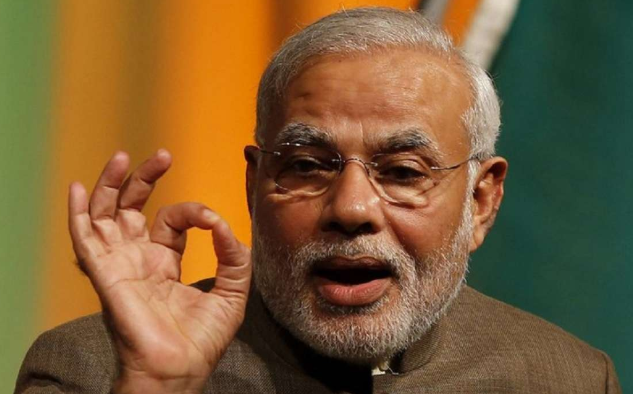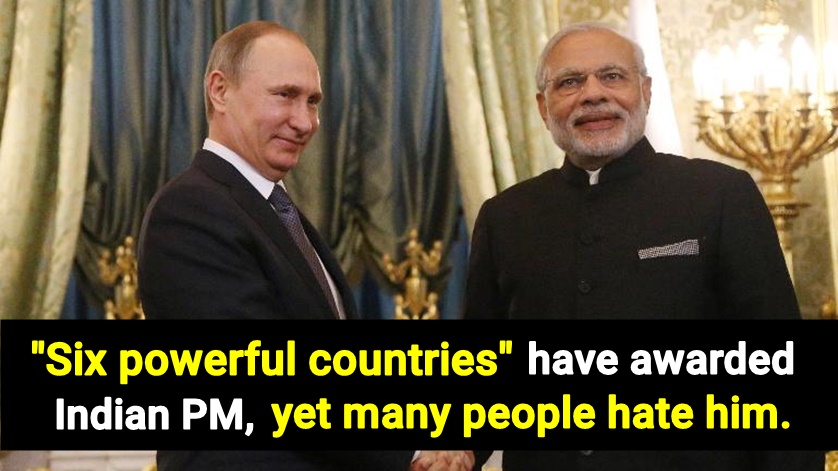No products in the cart.
“Previous Govt did nothing to implement OROP but we did,” quotes PM Modi
Before inaugurating the ‘National War Memorial’ located in the India Gate complex in Delhi today, Prime Minister Modi hit back at that the previous government as they did nothing to implement ‘OROP’ policy, while his government made great strides only to fulfil that promise.
OROP means One Rank One Pension, a policy of the same pension for the same rank for the same length of service (regardless of the retirement date). FYI, OROP had been a ‘long-standing demand’ of the armed forces in the nation.

Later on, he lit the flame at the bottom of the stone memorial to pay rich tribute to the soldiers who lost their lives while defending the nation in the line of duty.
“Our armed forces are among the strongest in the world. They have always risen to every challenge in front of the nation and responded with their full strength,” PM Modi added.
The National War Memorial complex, spread across 40 acres, includes- central obelisk, eternal flame and six bronze murals portraying some of the popular battles fought by the Army, the Air Force and the Navy.
The design of the National War Memorial has a unique layout consisting of four concentric circles, namely, the ‘Amar Chakra’ or Circle of Immortality, the ‘Veerta Chakra’ or Circle of Bravery, the ‘Tyag Chakra’ or Circle of Sacrifice, and the ‘Rakshak Chakra’ or Circle of Protection.
The statues of 21 awardees of Param Veer Chakra have been installed in the National War Memorial. The list includes recipients of the country’s highest gallantry award-Subedar Major (Honorary Captain) Bana Singh (Retired), Subedar Major Yogendra Singh Yadav and Subedar Sanjay Kumar.
The names of 25,942 fallen brave heroes with rank and regiment are also inscribed in the 16 walls of the memorial. With the exception of soldiers who lost their lives in the wars in 1947, 1962, 1965, 1971 and 1999 respectively, the names of the soldiers who passed away while on Indian Peace Keeping Force Operations in Srilanka is also carved on the memorial.
(With inputs from TOI & PTI)








